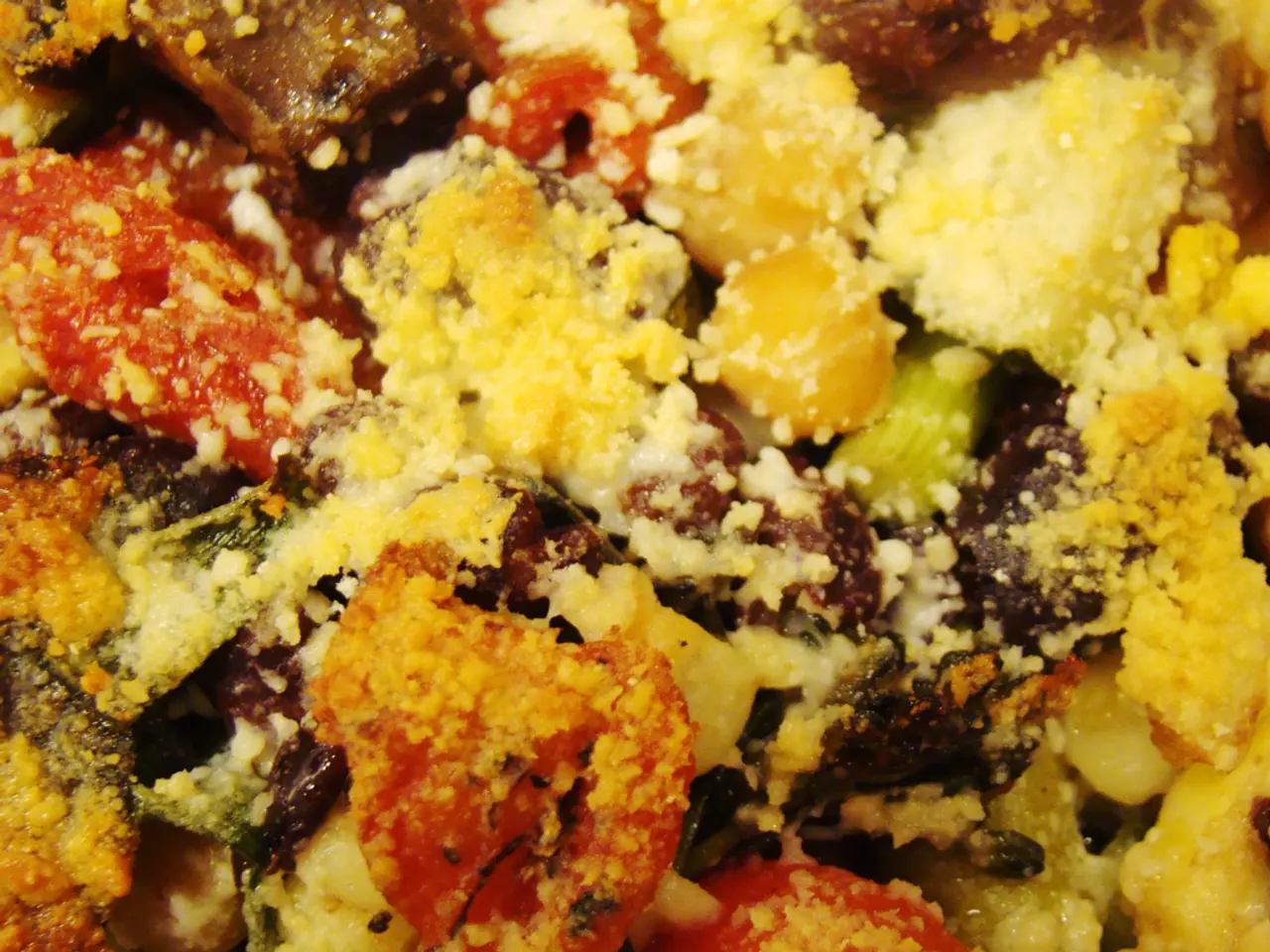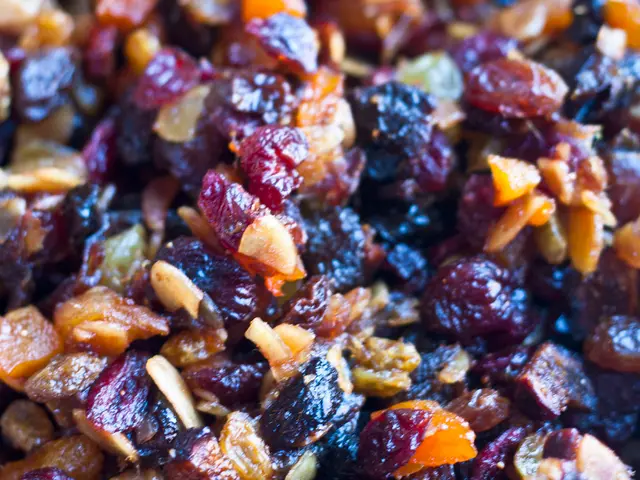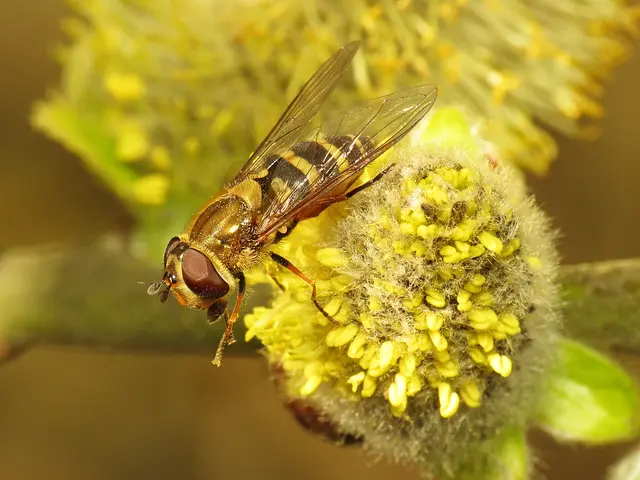Top Protein-Rich Food Sources to Consider
From the familiar eggs and salmon to the less explored sattu and amaranth, a diverse range of protein sources can help individuals maintain a balanced and nutritious diet. This article explores some non-traditional protein options suitable for vegans, vegetarians, and meat-eaters alike.
Plant-Based Protein Sources for Vegans and Vegetarians
India's sattu, a roasted gram flour, is a protein powerhouse, offering approximately 20g of protein per 100g. This versatile ingredient can be consumed as a nutritious drink or used in stuffed breads, making it a convenient addition to any plant-based diet.
Rajma, or kidney beans, provide about 24g of protein per 100g (dry) and, when paired with rice, create a complete protein source. Soybeans and tofu, rich in complete plant proteins, offer 36g and 8-19g of protein per 100g, respectively. Amaranth, a grain containing all essential amino acids, provides 14g of protein per 100g and is suitable for porridge or breads.
Tempeh, a fermented soy product, offers about 21g of protein per 100g, making it a dense plant-based protein option. Legumes like lentils and chickpeas provide 18g and 15g of protein per cup, respectively. Quinoa, a complete protein grain, offers about 8g protein per cup. Nuts and seeds, such as almonds and peanuts, provide good protein and add variety to plant protein sources.
Animal-Based Protein Sources for Meat-Eaters and Omnivores
Traditional lean animal proteins like chicken, turkey, fish, and lean beef continue to be effective for muscle maintenance and overall health. Fatty fish, such as salmon, tuna, and mackerel, provide both high-quality protein and heart-healthy omega-3 fatty acids. Greek yogurt, a dairy option rich in protein and probiotics, supports muscle and digestive health.
Combining Proteins for a Complete Diet
When relying solely on plant-based proteins, some researchers recommend getting 0.9g of protein per kilogram of body weight per day, versus the recommended dietary allowance of 0.8g per day. Properly combining plant proteins, such as legumes with whole grains, can provide all essential amino acids, making them nutritionally complete.
Embracing Sustainability and Variety
Increasing variety beyond traditional sources supports sustainability, gut health, and long-term wellness for all dietary preferences. Some unconventional but nutritious options like sattu and amaranth may be less commonly known but offer significant protein and nutrient density.
Greek yogurt is recommended over high-fat, high-sugar varieties, and can be enhanced with fresh or frozen fruit, slivered almonds, walnuts, chia seeds, or ground flaxseed.
These non-traditional protein options are worthy inclusions in diverse diets for vegans, vegetarians, and meat-eaters seeking healthy protein alternatives beyond standard choices like chicken, fish, and eggs. By exploring these options, individuals can maintain a balanced and nutritious diet while promoting sustainability and long-term wellness.
[1] NutritionFacts.org, "Protein Combinations: Myth or Fact?" [Accessed 2022-03-15] [2] VeganHealth.org, "Protein" [Accessed 2022-03-15] [3] Harvard T.H. Chan School of Public Health, "Healthy Eating Plate" [Accessed 2022-03-15]
- Sattu, a roasted gram flour, is a protein-rich plant-based option, providing approximately 20g of protein per 100g, making it suitable for vegans and vegetarians seeking diverse protein sources.
- Amaranth, a grain containing all essential amino acids, offers 14g of protein per 100g and can be used in porridge or breads, adding nutrient density to plant-based diets.
- Fatty fish, such as salmon, tuna, and mackerel, offer both high-quality protein and heart-healthy omega-3 fatty acids, providing a nutritious option for meat-eaters and omnivores.




